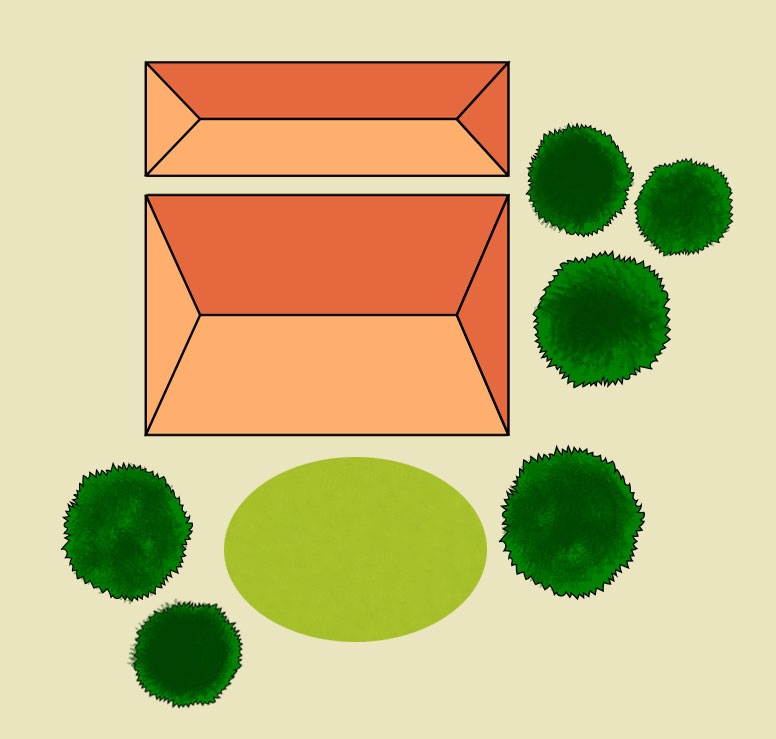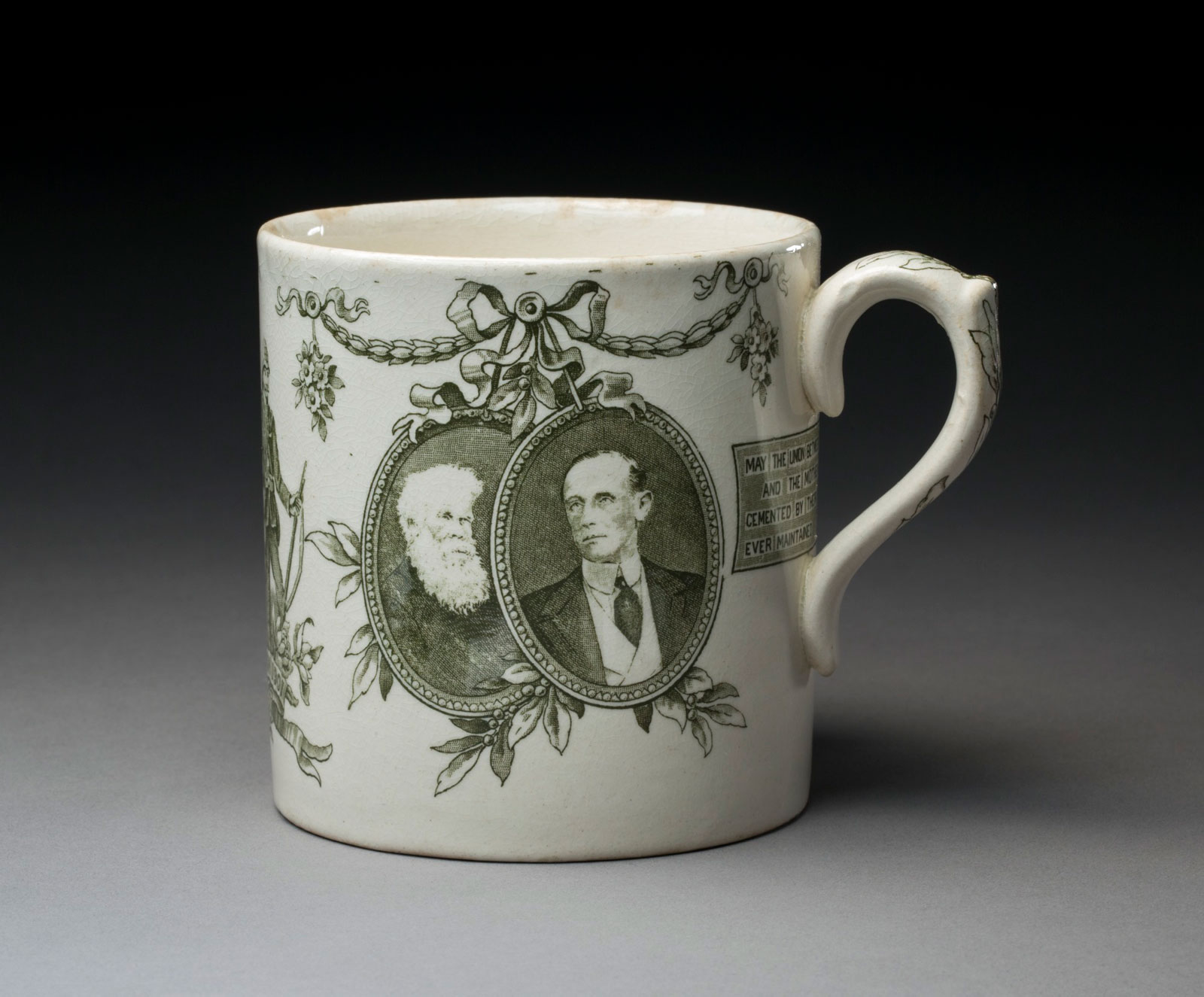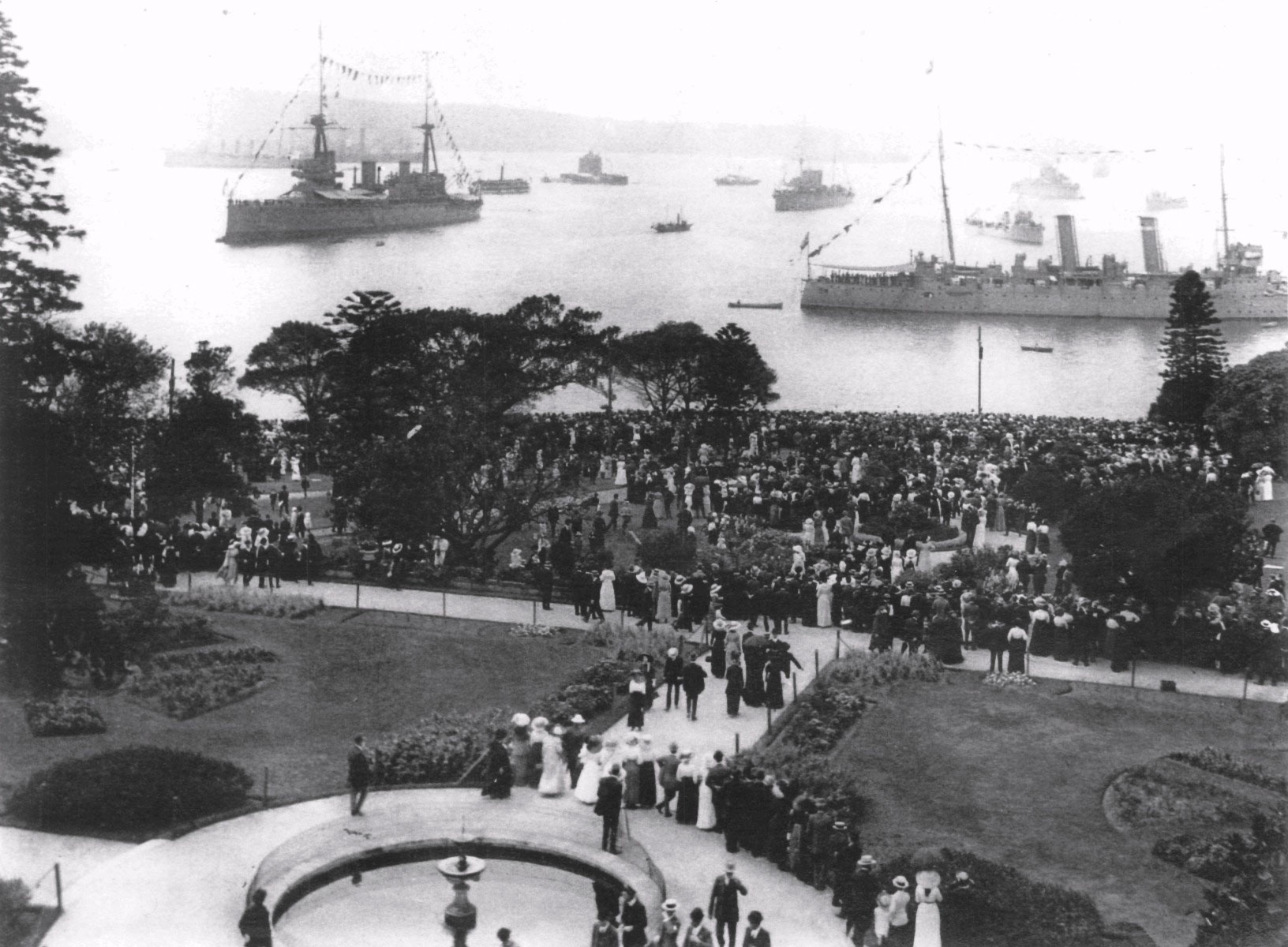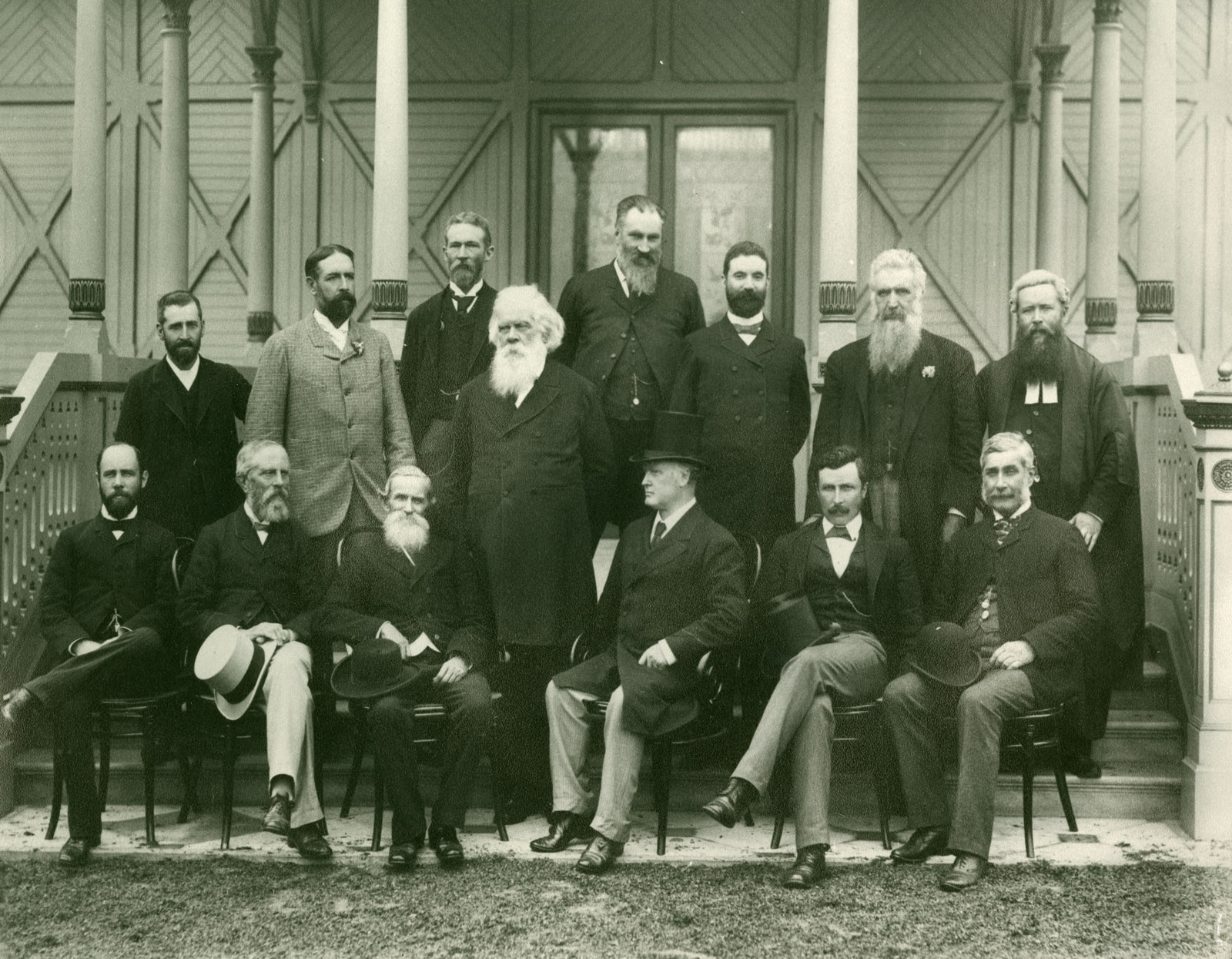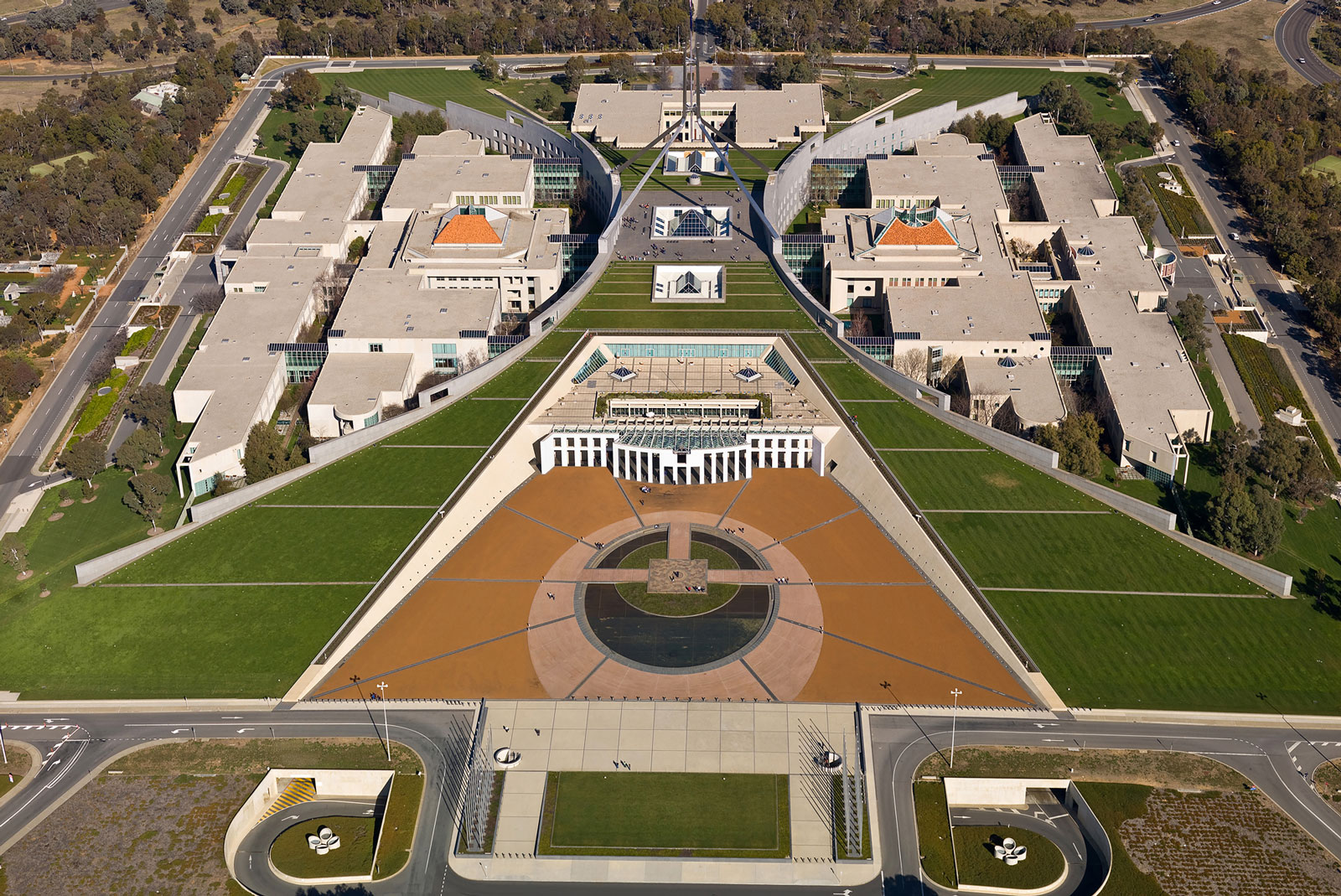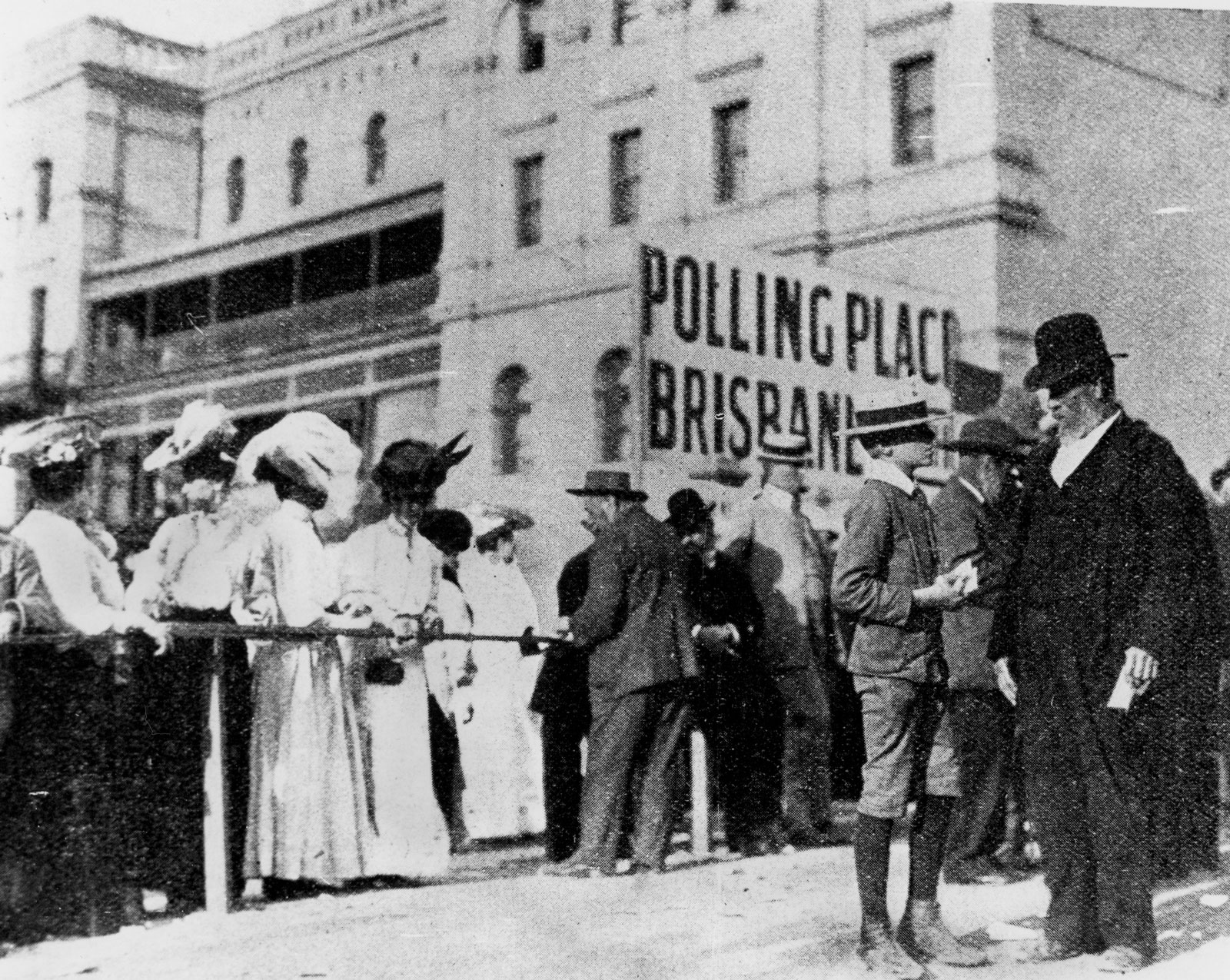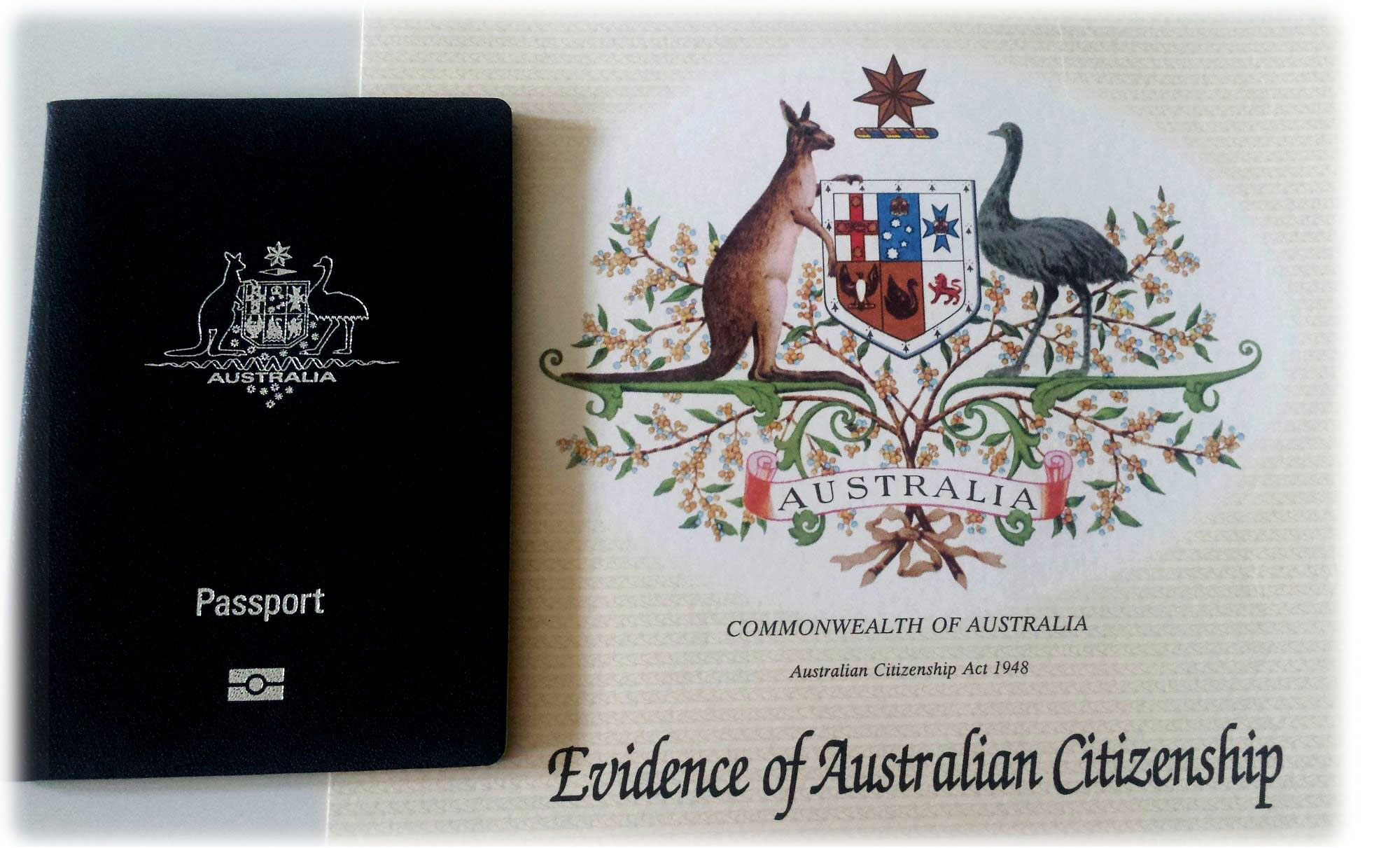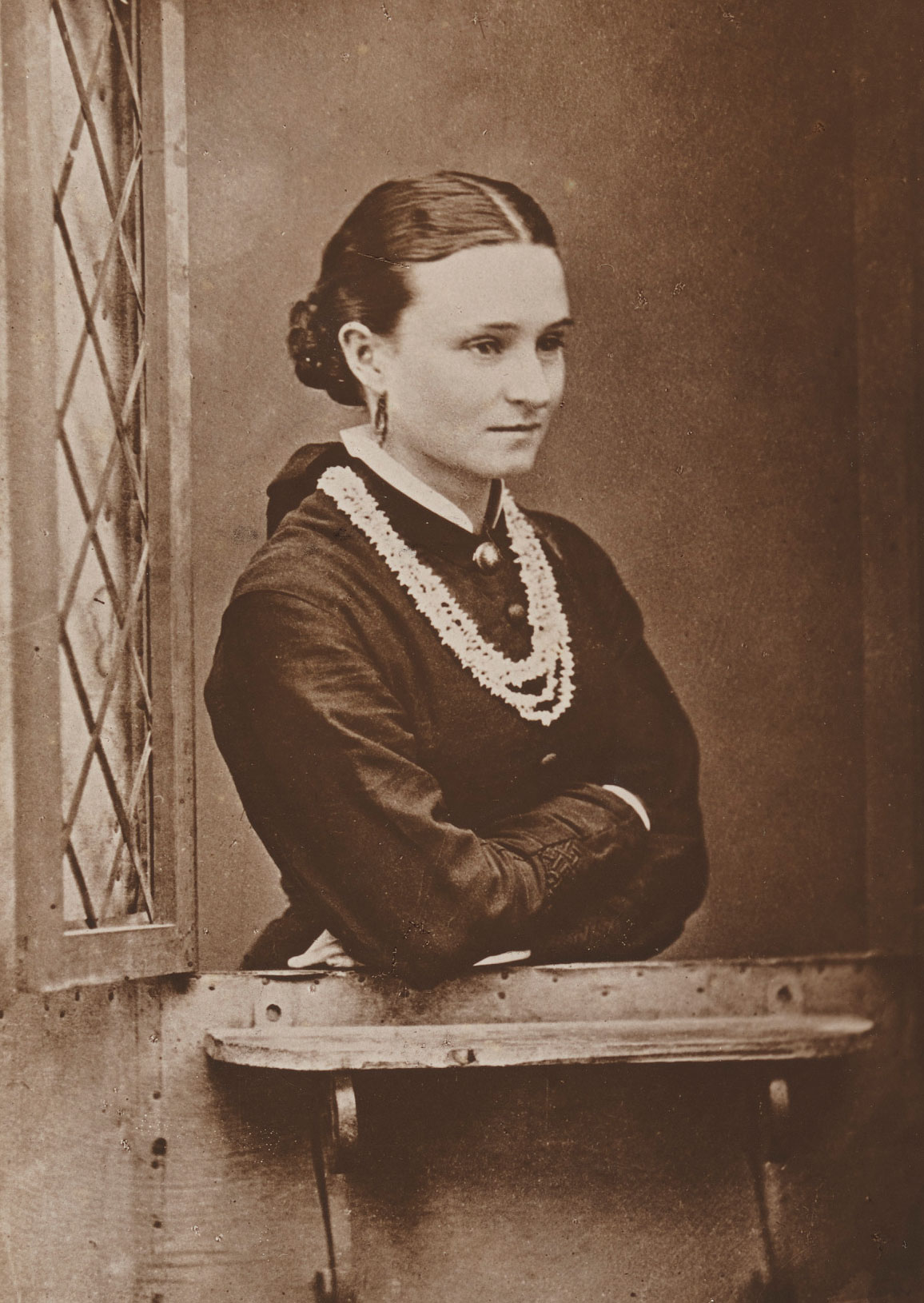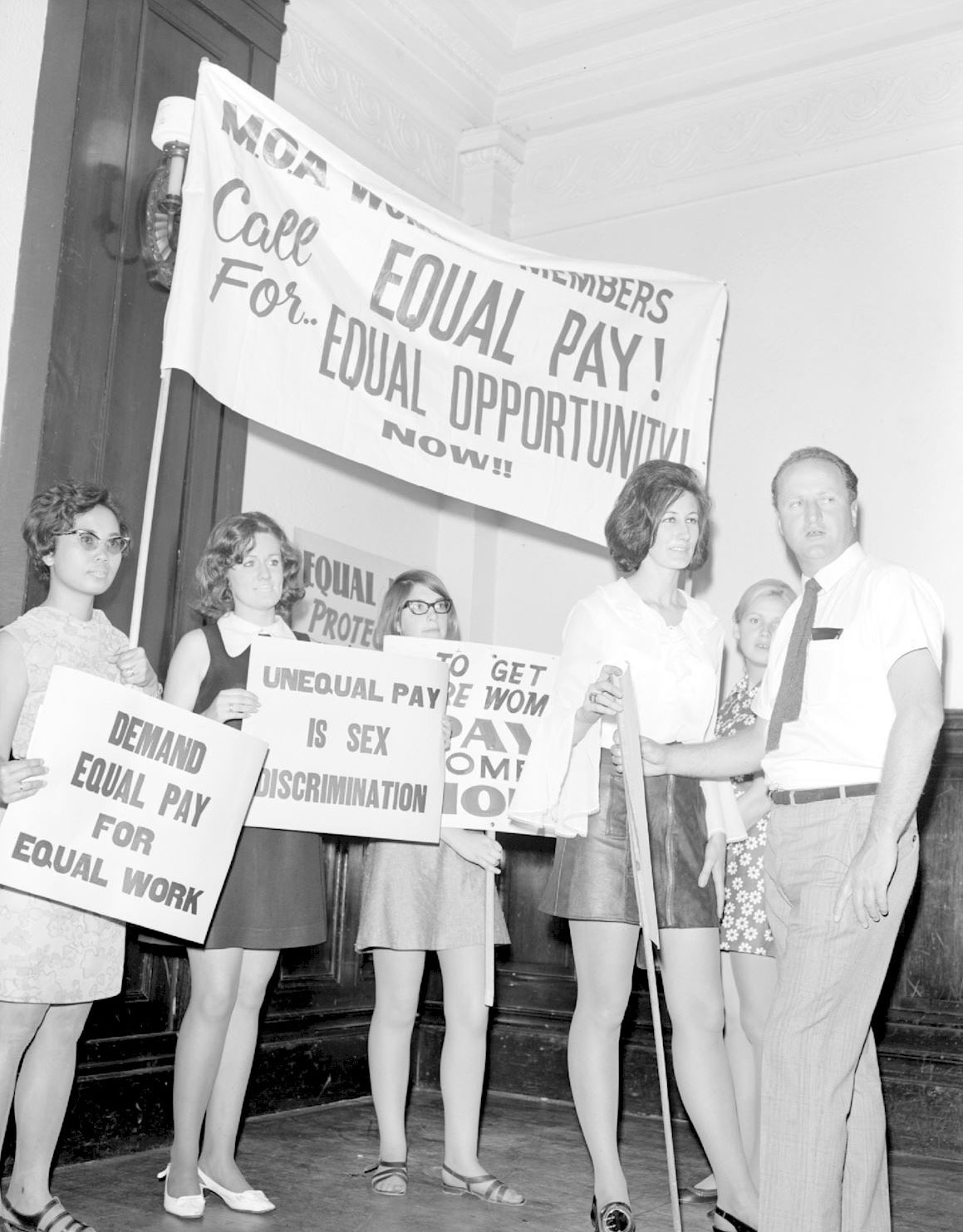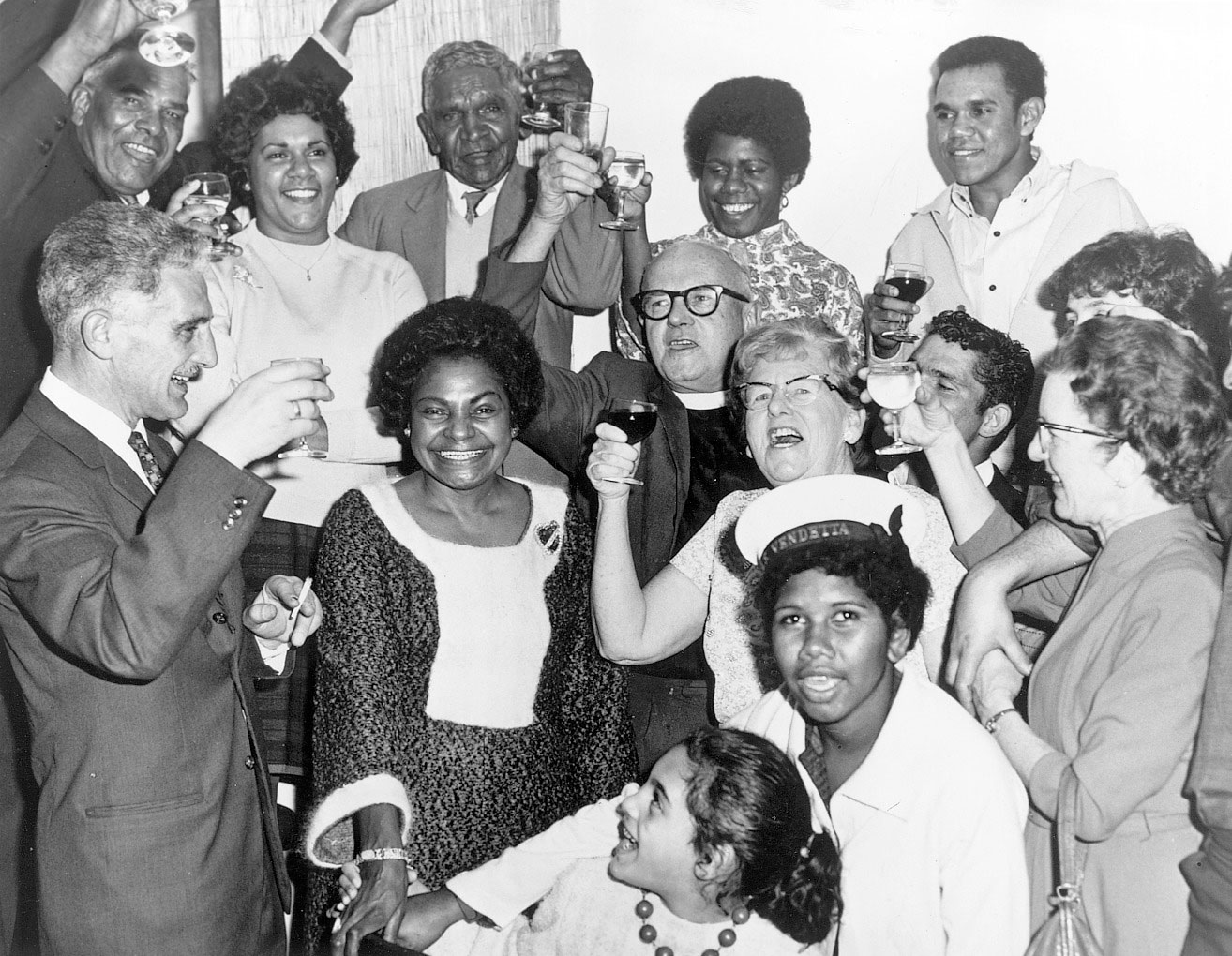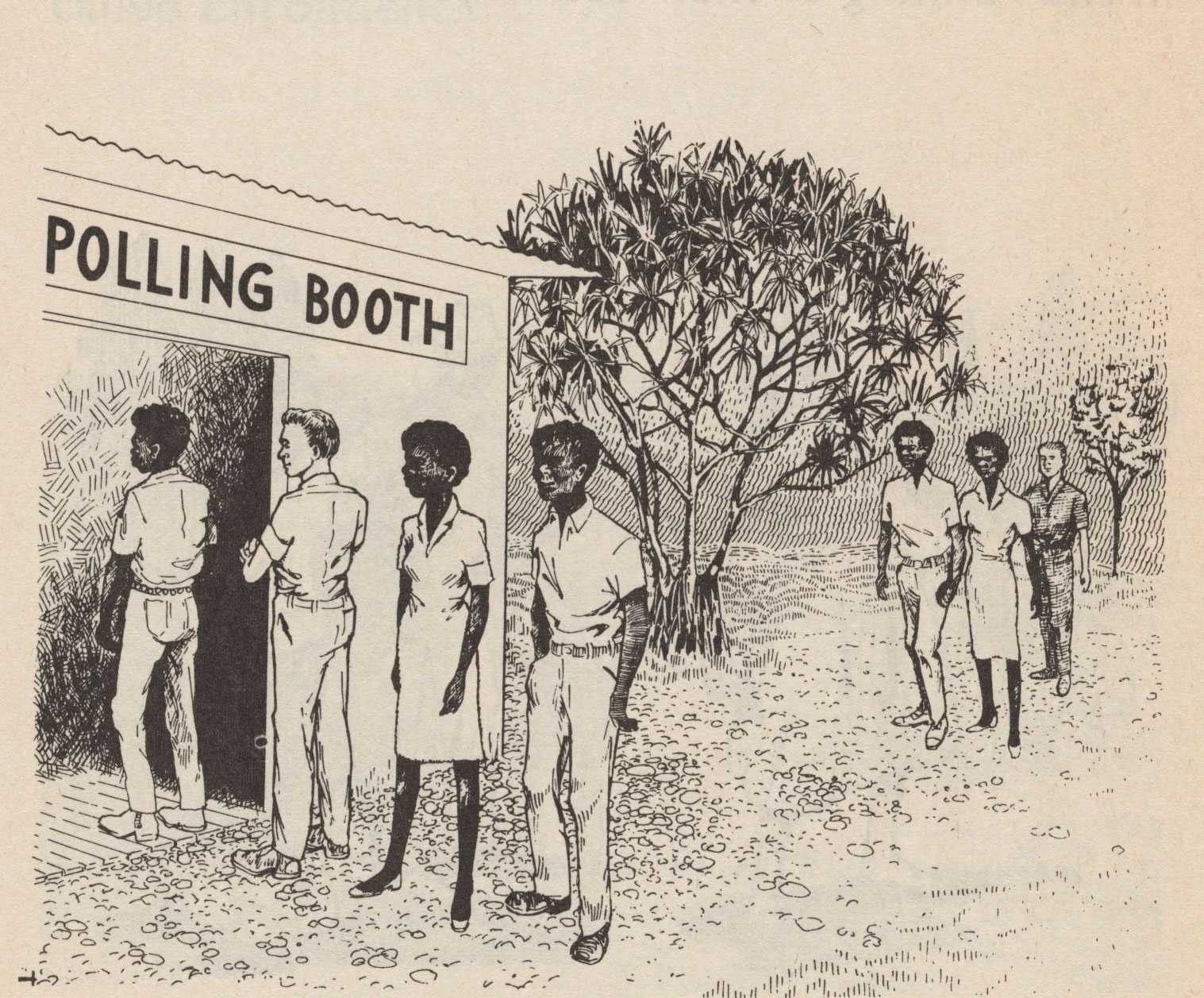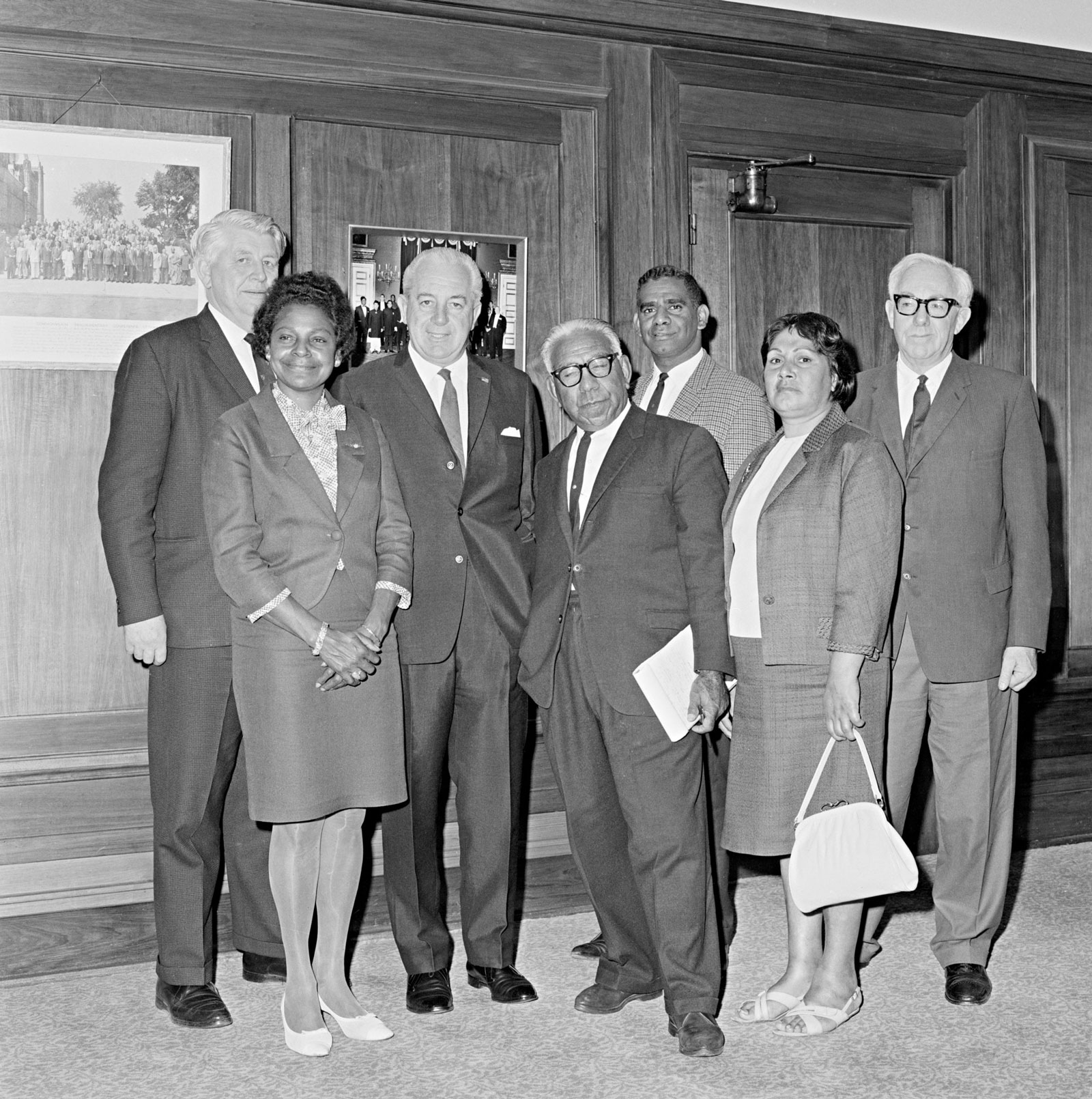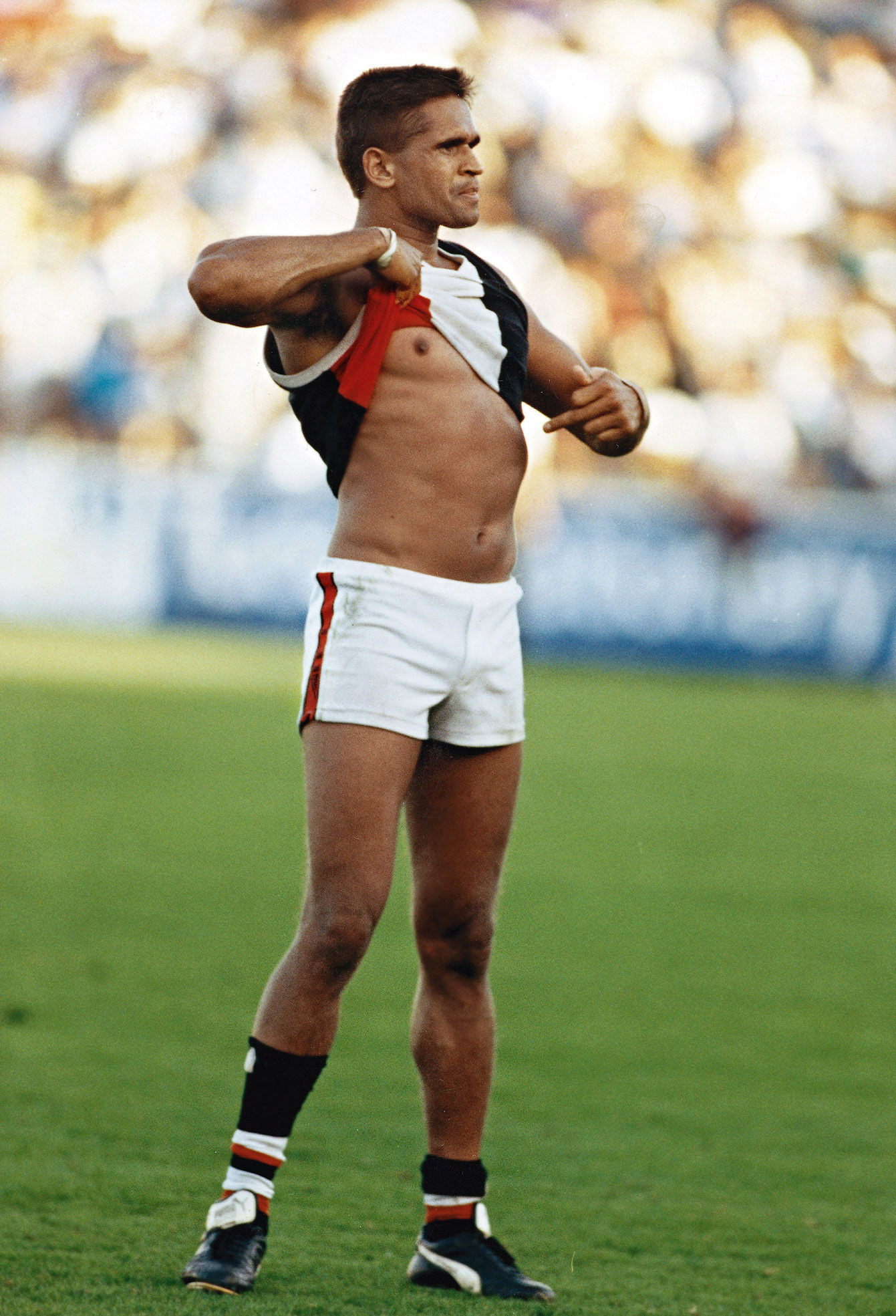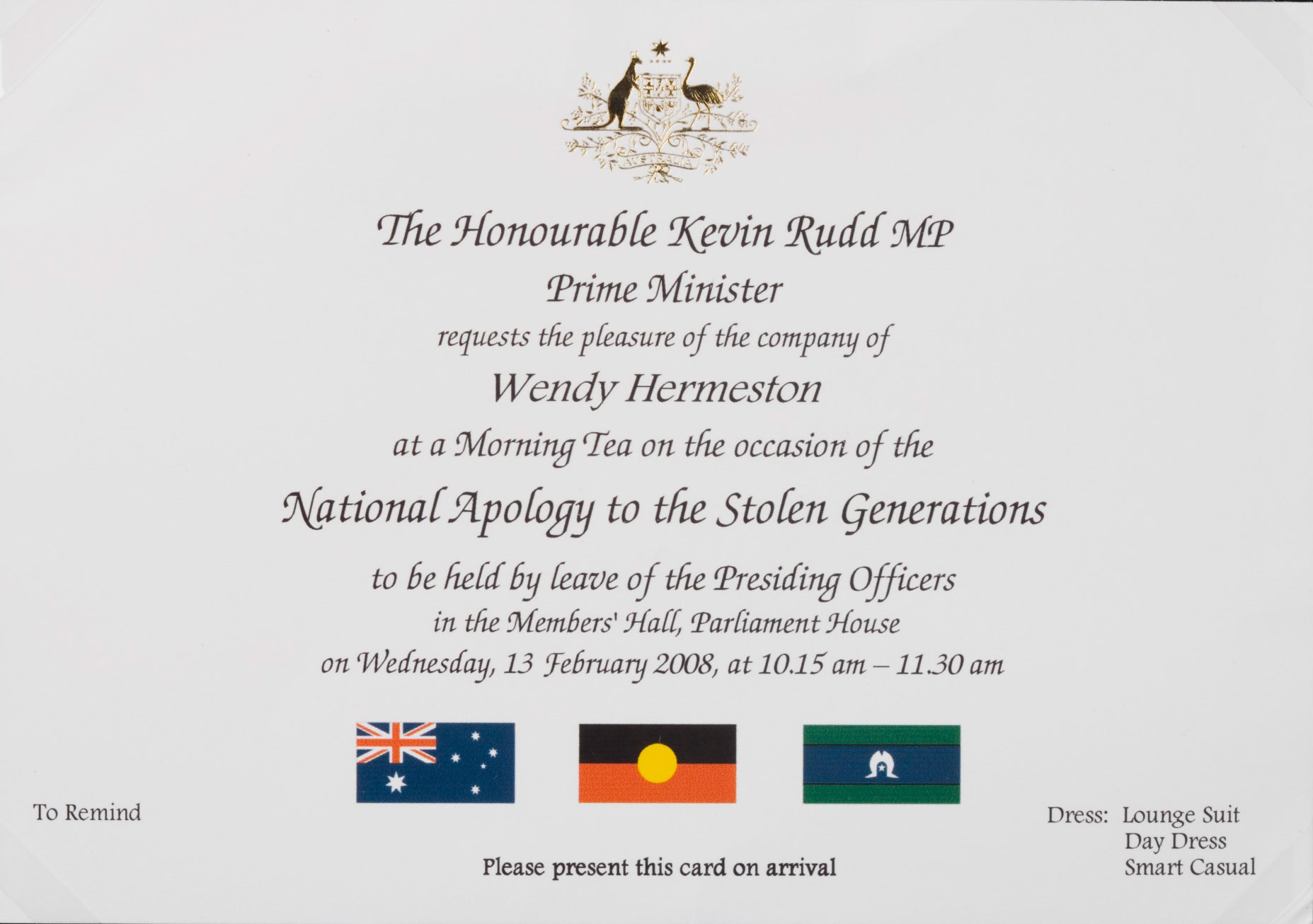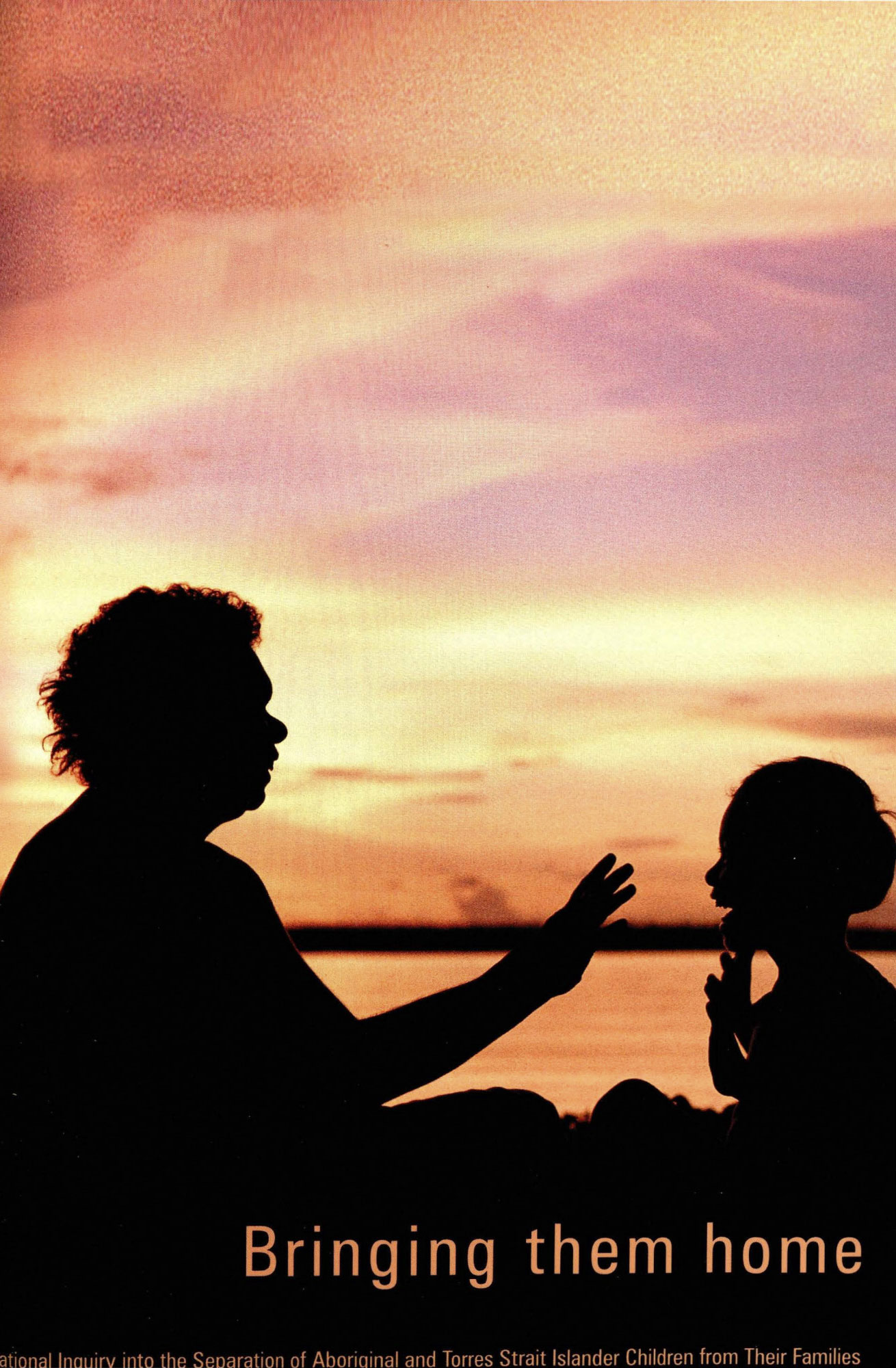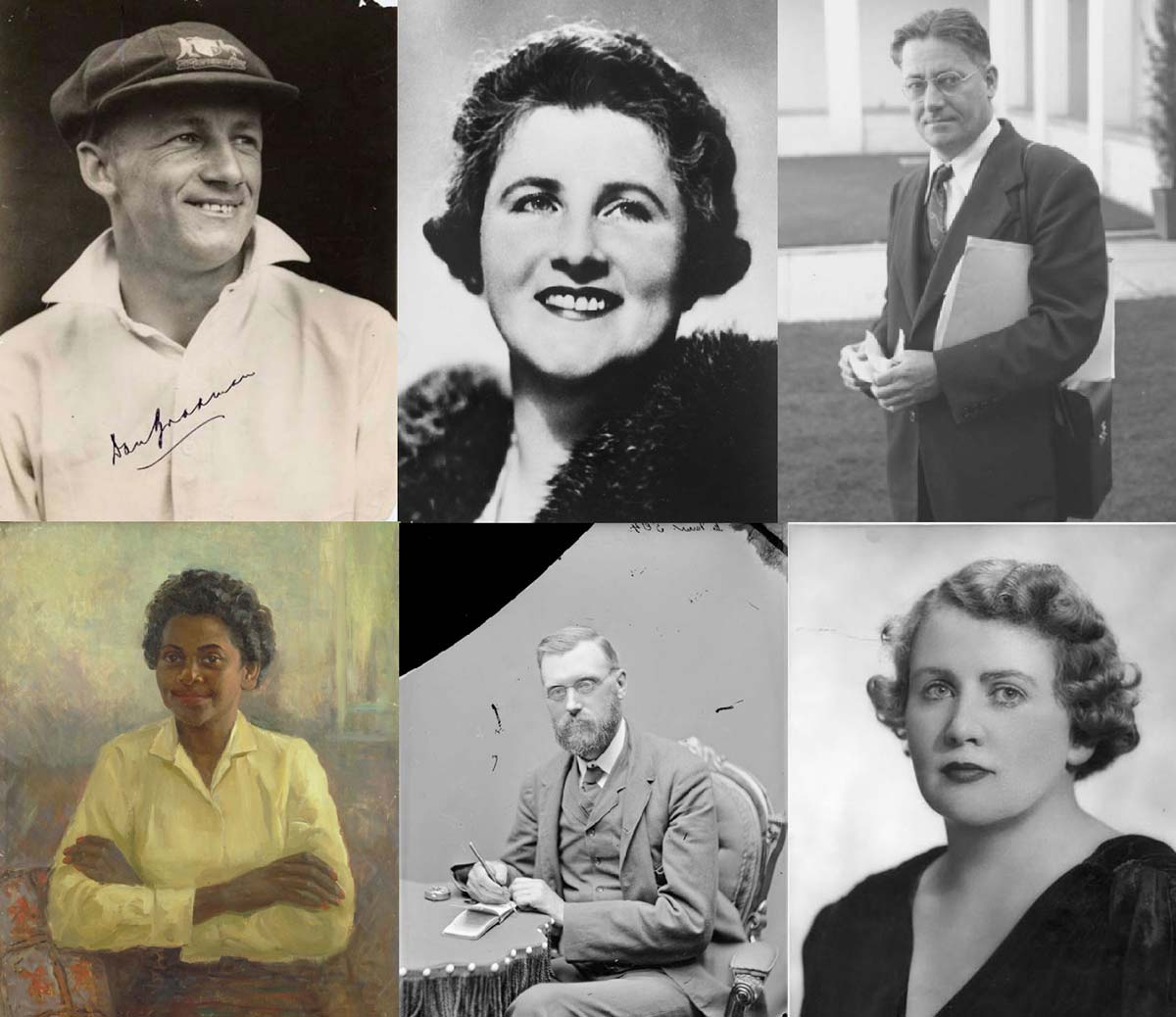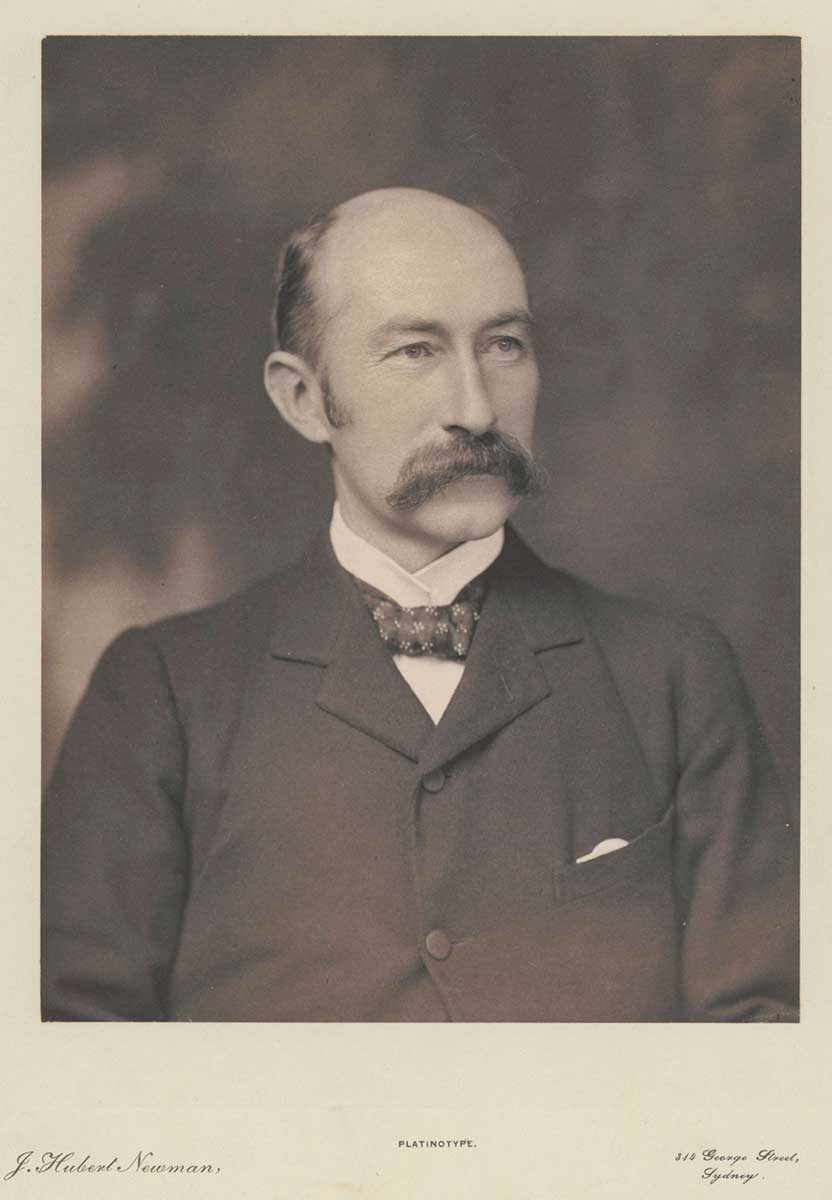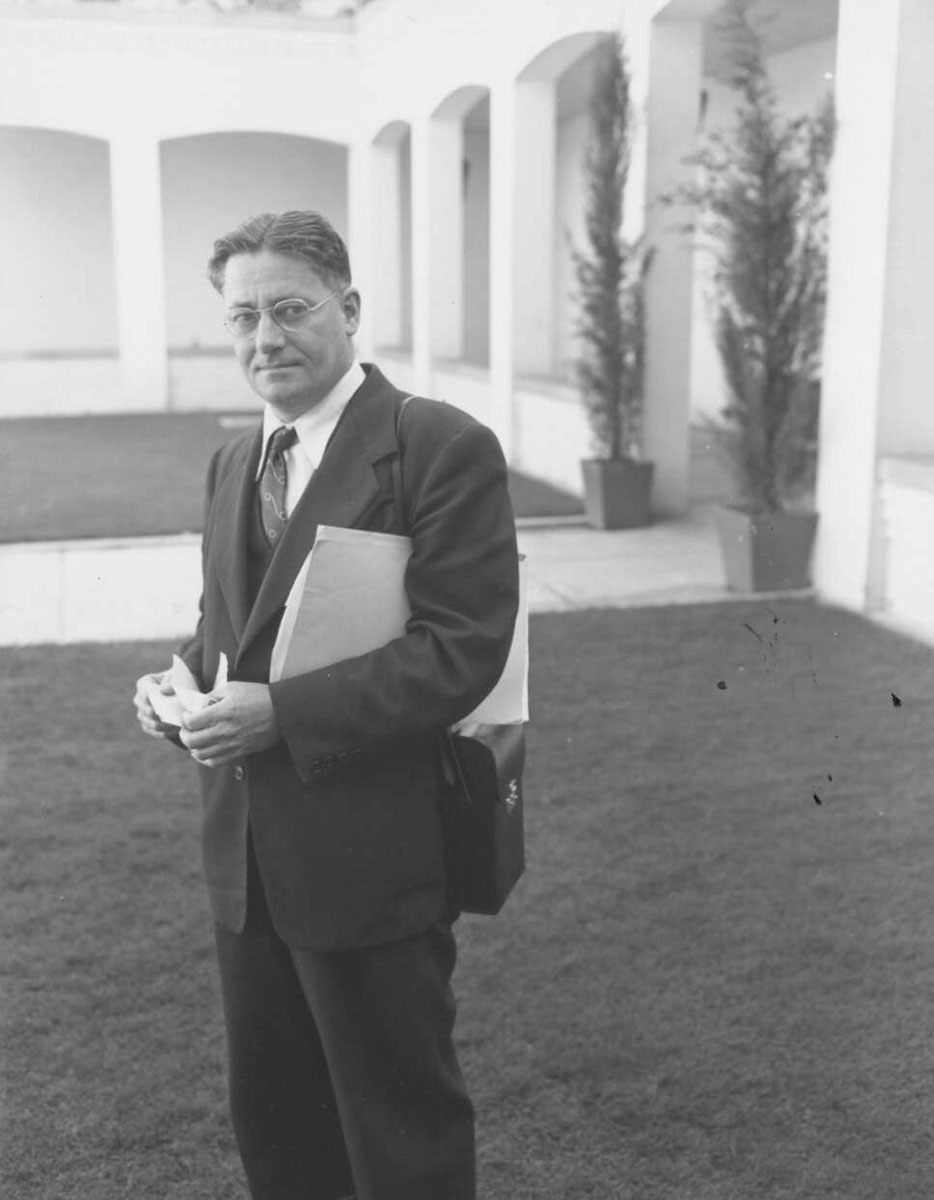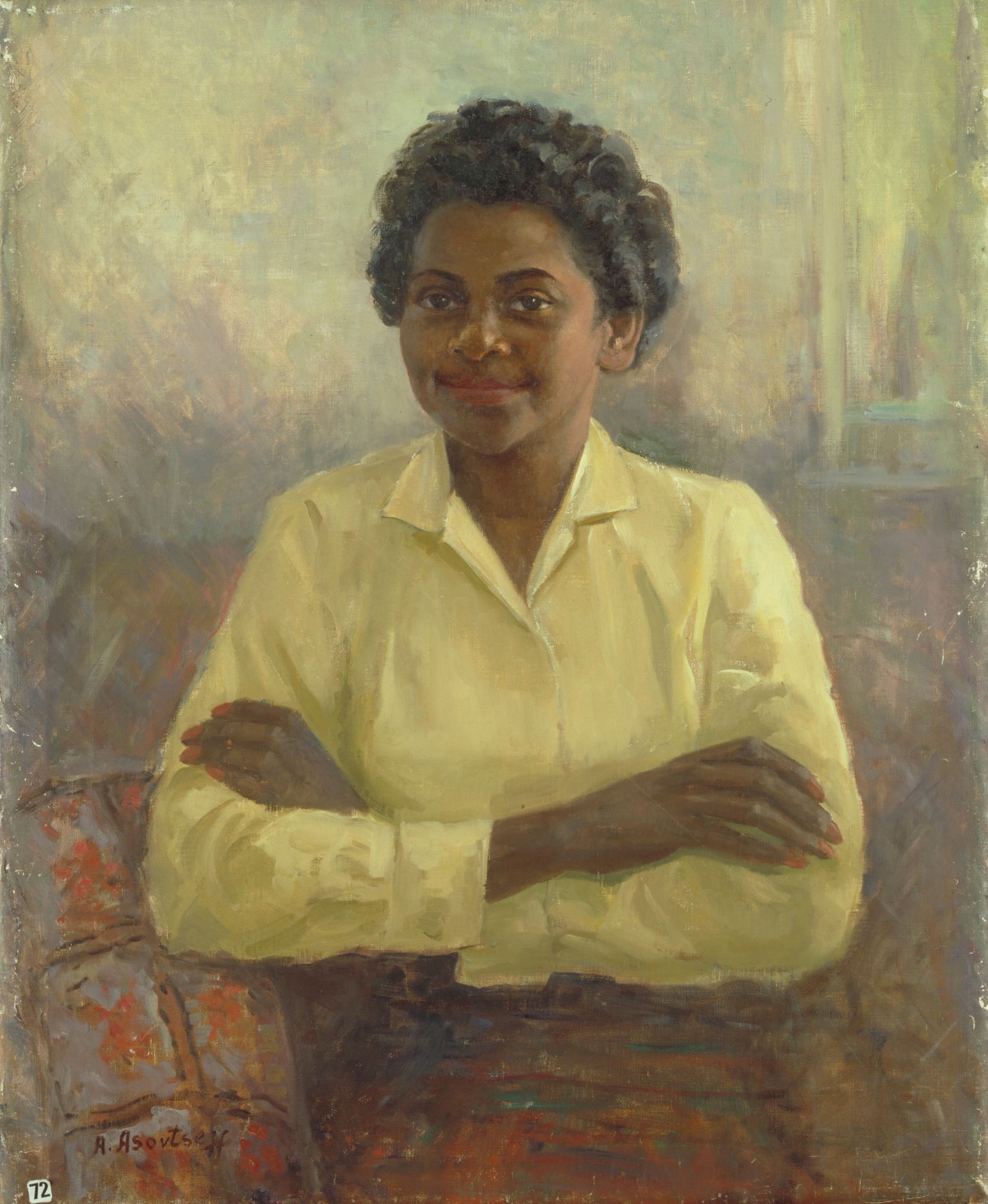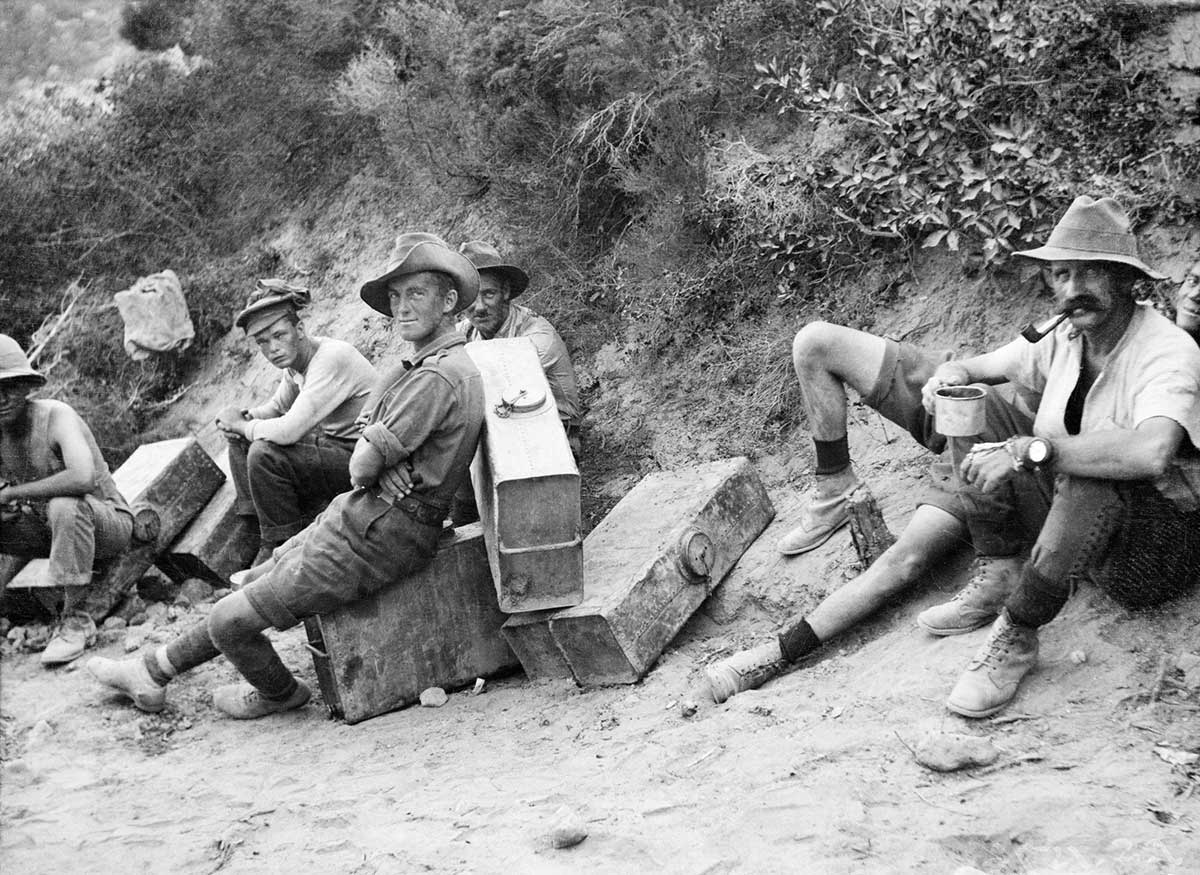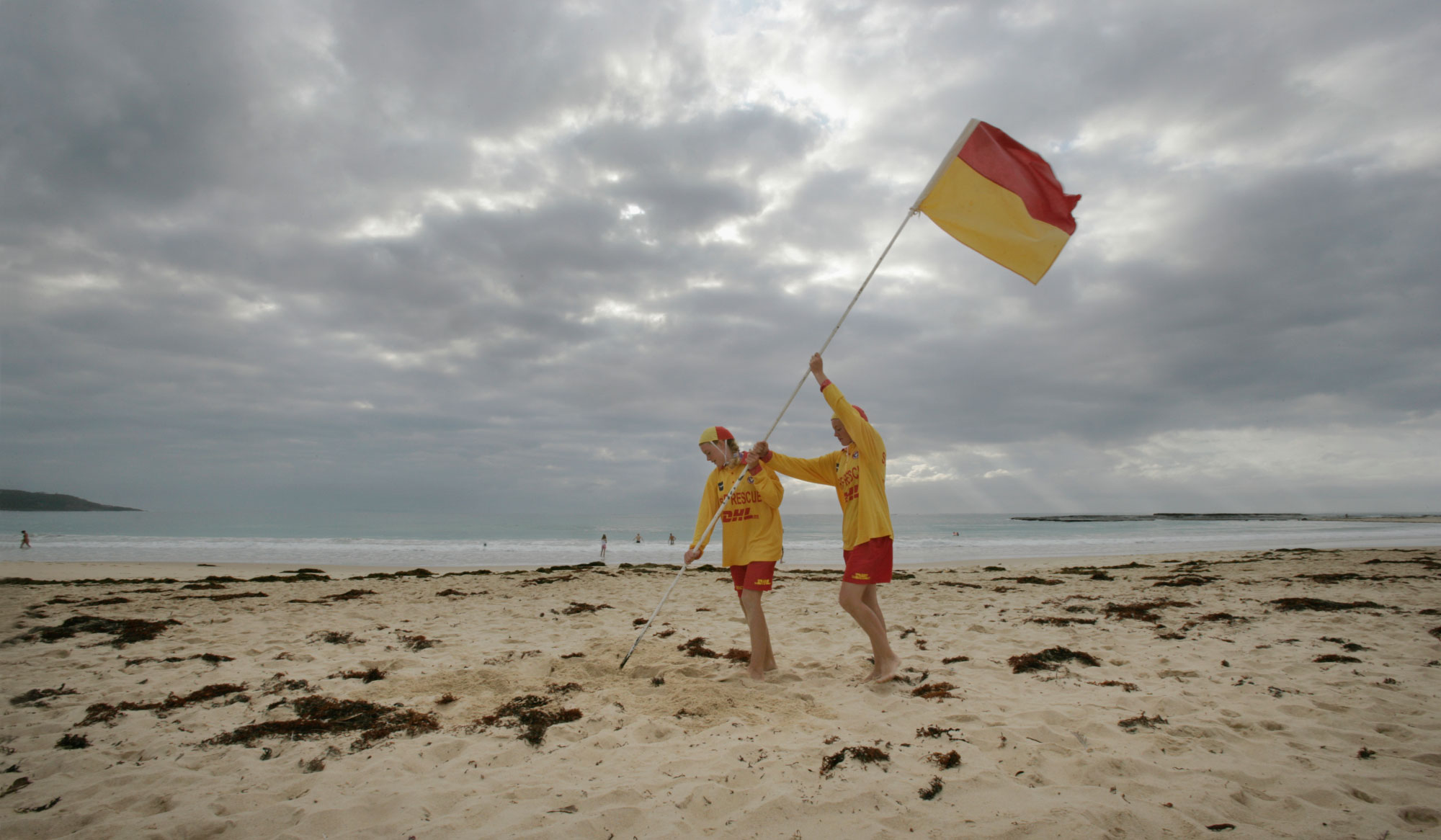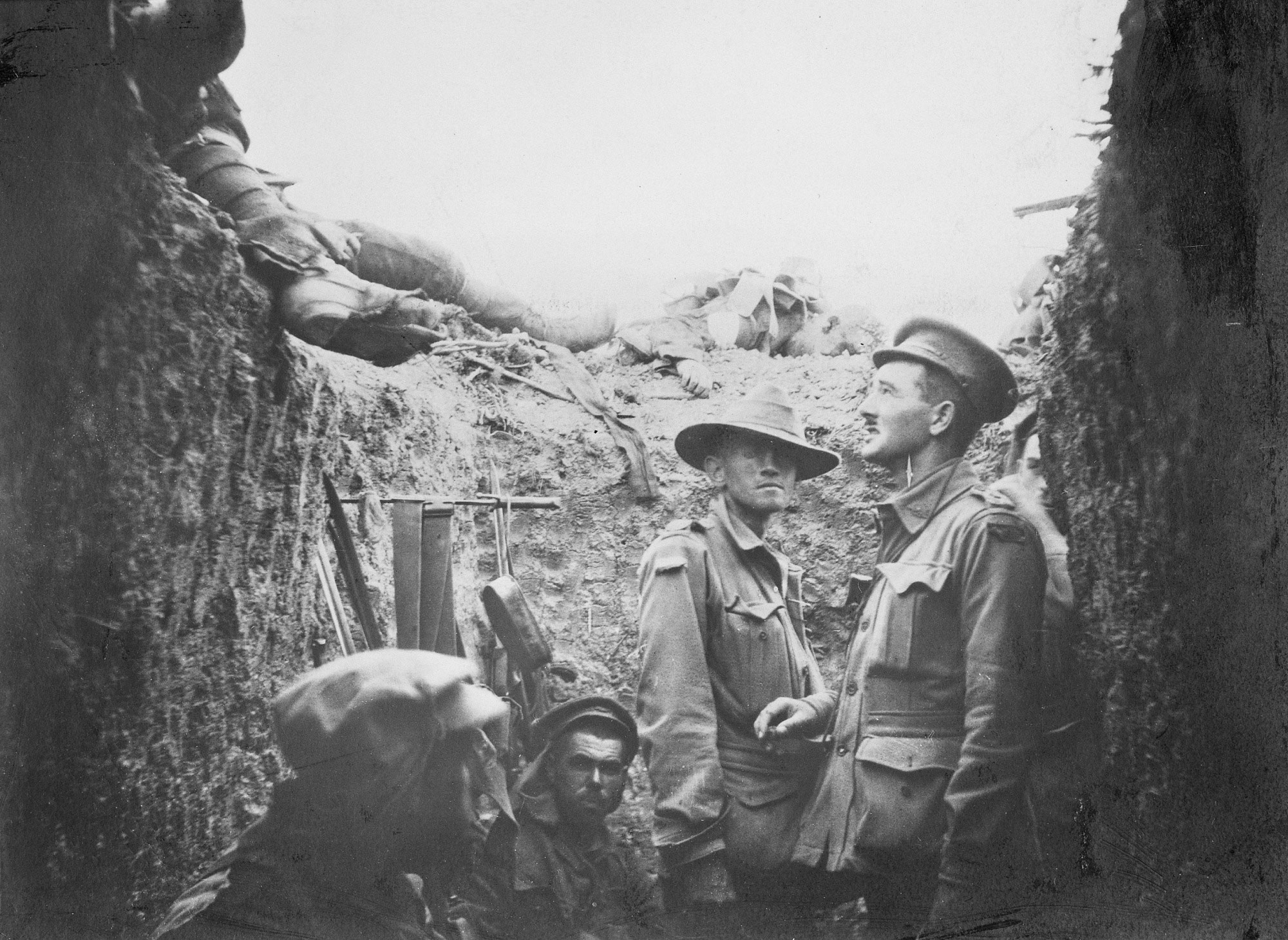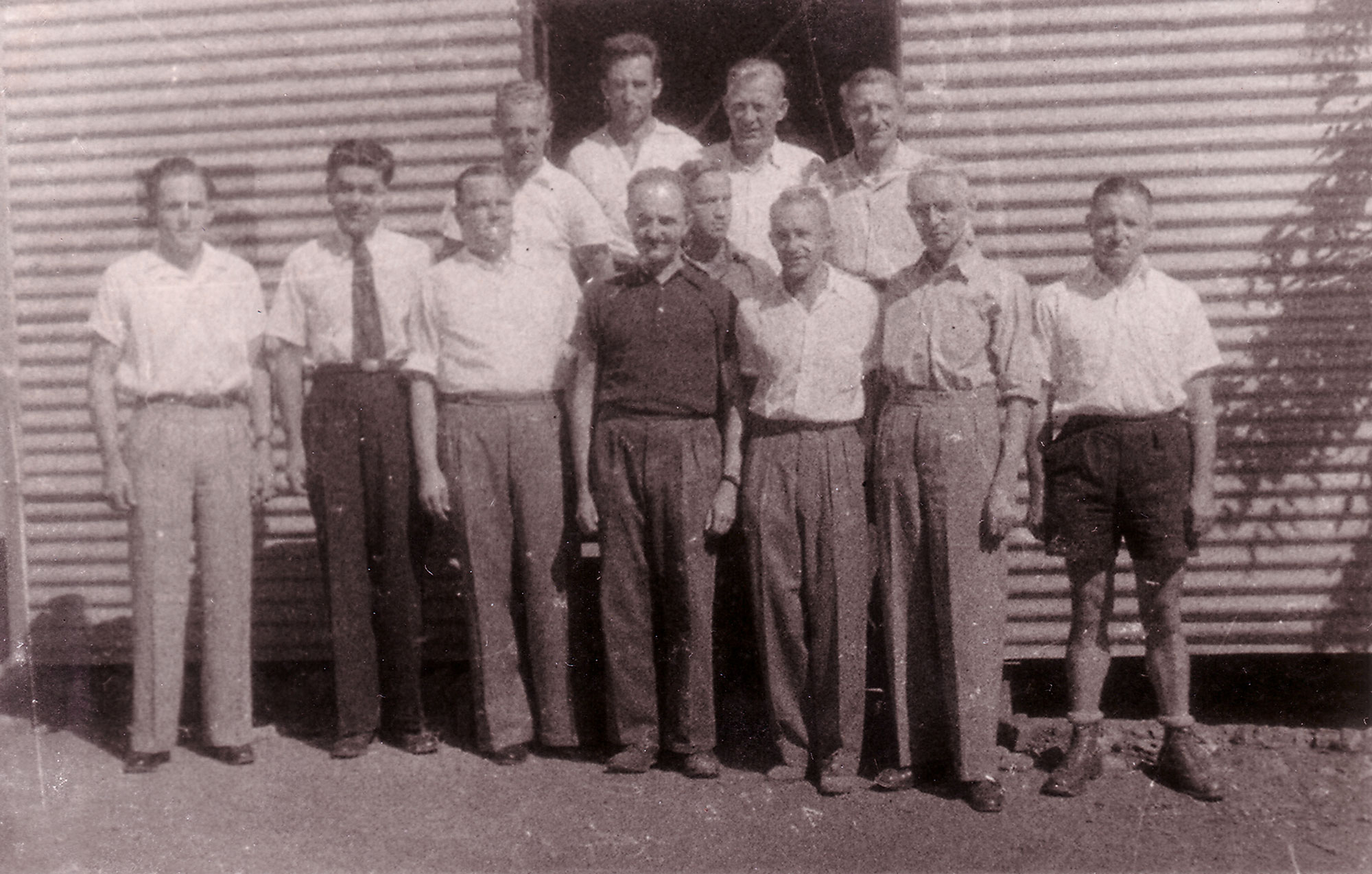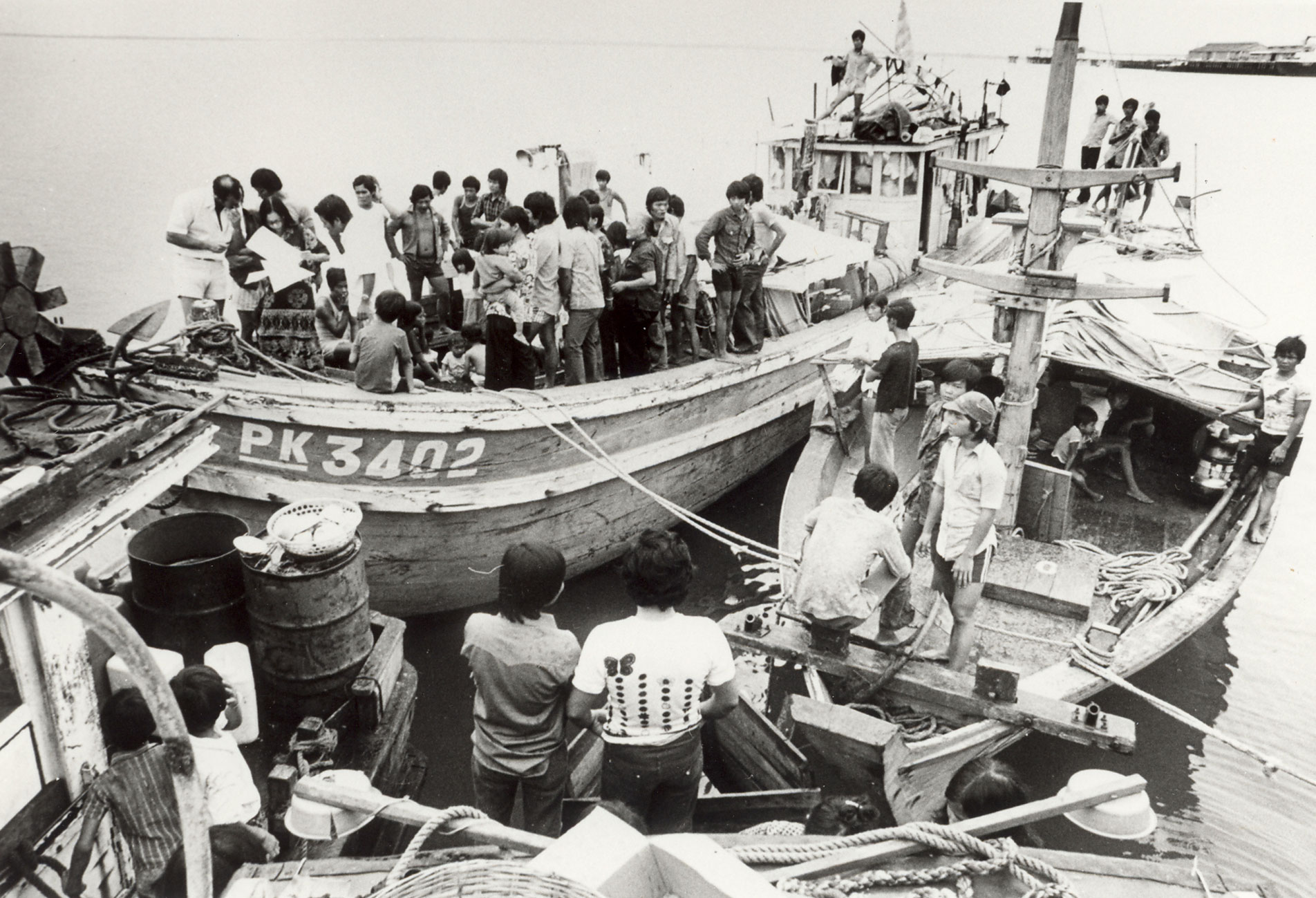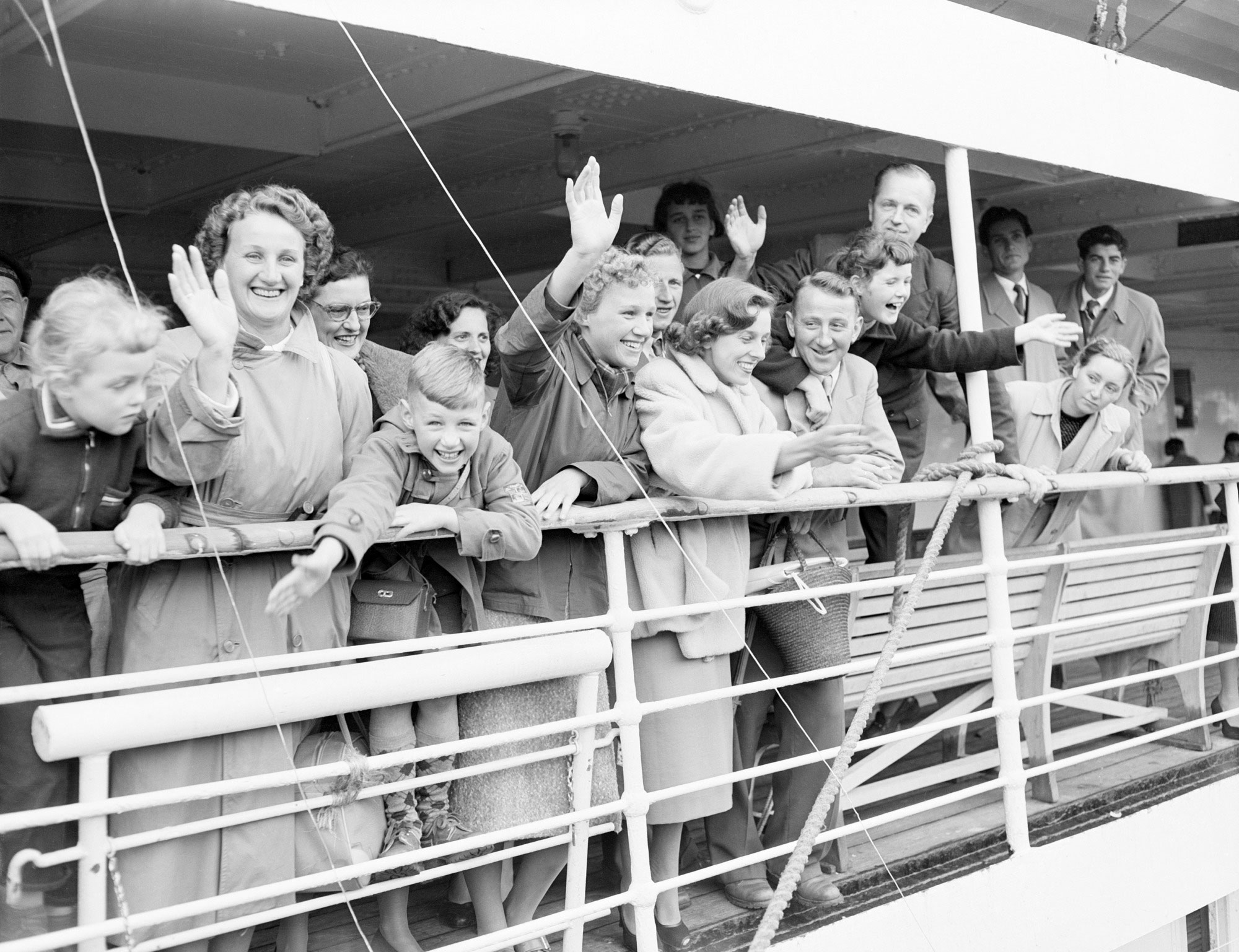Australia since Federation Defining Moments, 1901–present
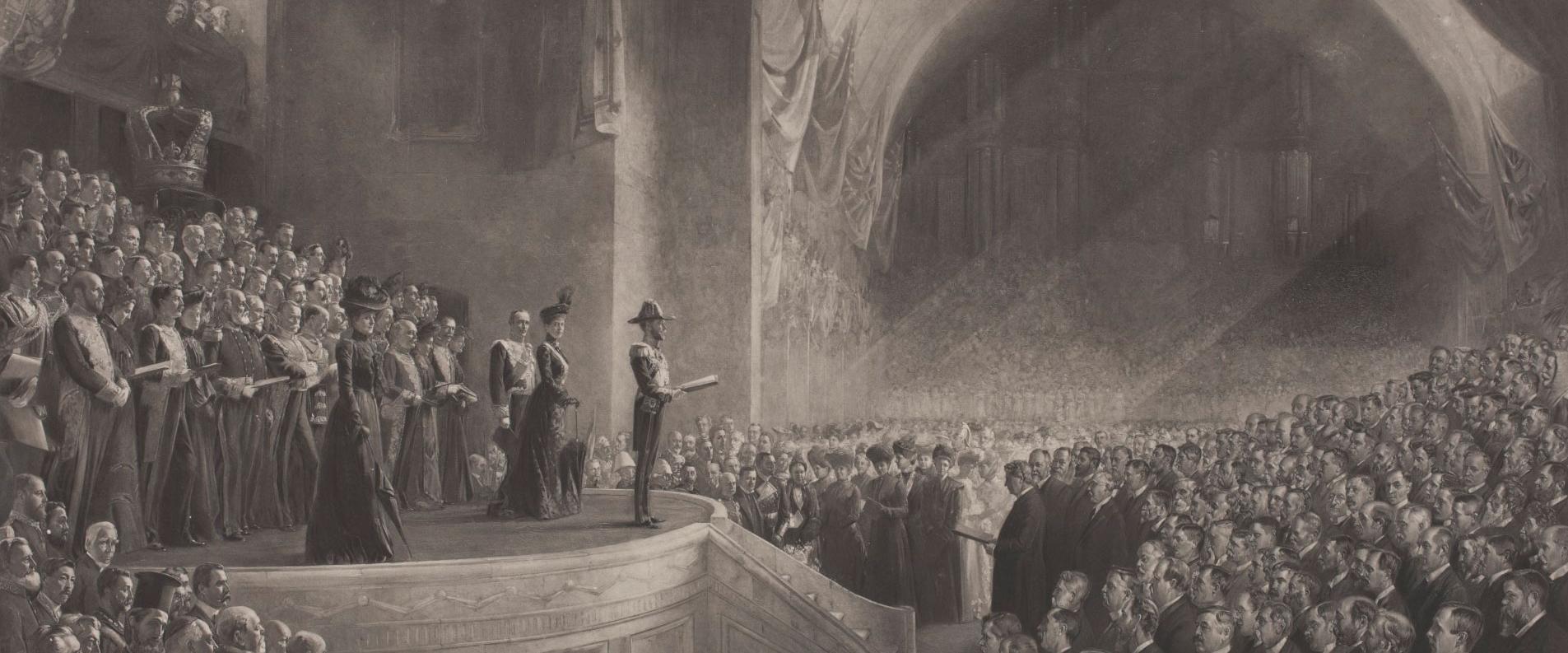
- Year level 6
- Investigations 6
- Activities 40
- Curriculum topic Australia as a nation
1. Overview of the learning module
Introduction
This learning module provides resources and classroom activities relevant to History in Year 6 classrooms. It aims to help students explore two key inquiry questions:
- Why and how did Australia become a nation? (Focus on Federation and the development of the Constitution)
- What contributions have significant individuals and groups made to the development of Australian society? (In particular, the development of democratic rights)
The learning module is self-contained, and can be used in any of the following ways:
- as whole class activities with all students studying a number of Defining Moments in Australian History that help them understand aspects of Australia’s twentieth century history
- distributed between small groups, with students reporting back on their findings to the whole class
- as selected enrichment activities for individual students.
The investigations provide a rich digital resource for classroom use. They include contextual information, documents, images, scaffolded comprehension, analytical and extension questions, and individual, group and class activities. Using these materials and activities, students can explore aspects of twentieth century Australian history through text, images and objects.
The learning module has been designed to draw on the National Museum of Australia’s Defining Moments in Australian History, together with some supplementary resources. Students do not need to visit that site to complete this learning module as the featured Defining Moments information used is available on this site.
What constitutes a defining moment in Australian history, and why some issues and situations can be considered more significant than others, is an underlying theme that can be raised with students throughout the module.
Module snapshot
- Investigation 1: Making the nation’s rule book: Federation and the Australian Constitution
The curriculum focuses on students understanding the origin of Federation, and the Constitution that was developed for the new national parliament. To get students started, there are two introductory activities to help them begin to understand the concept of Federation (1.1 and 1.2). You or your students can choose which of these to do.
Students then explore the concept of Federation, including the various push and pull factors that were encouraging or inhibiting Federation, and the steps that were taken to achieve it.
They also look at the nature and main sources of the key features of the Australian Constitution and the balance of powers between the states and the new federal parliament. - Investigation 2: The development of Australian democracy and citizenship
Students explore aspects of the way democracy and citizenship have developed in Australia during the twentieth century, especially changes over time to the right to vote. They also look at the changing nature of citizenship and explore those groups in society who did not always share equal citizenship rights. The final part of the investigation explores the relationship between citizenship and national symbols. - Investigation 3: The development of Australian democracy and equality: Women
The activities in this investigation look at the experiences of Australian democracy and citizenship for women in the twentieth century. Students explore the concepts of change, continuity and citizenship. There are also scaffolded activities in understanding and analysing some visual documents.
This could be an activity in which students work in small groups and report back on one part of the investigation to the whole class. - Investigation 4: The development of Australian democracy and equality: Indigenous rights
The activities in this investigation explore the development of Aboriginal and Torres Strait Islander peoples’ rights. Students explore the concepts of change, continuity and citizenship. There are also scaffolded activities in understanding and analysing some visual documents.
This could be an activity in which students work in small groups and report back on one part of the investigation to the whole class. - Investigations 5 Significant people in twentieth century Australian history: Why do we remember them?
Students are presented with seven significant people in twentieth century Australian history. The case studies are self-contained and ready for classroom use. A teacher might ask one or several students to work on one of these and prepare a report to the class. In this way a wide range of events can be presented to the class.
The case studies involve students in small amounts of reading, and interpretation of visual and some written documents. They all focus on the questions: What makes an event significant? What impacts have events had on people’s lives, and the development of the nation? This approach may be used by students for their own further research if required. - Investigations 6: Significant groups in twentieth century Australian history: Why do we remember them?
This investigation takes the same approach as Investigation 5. Students are presented with seven significant groups of people in twentieth century Australian history. Students work their way through the material in order to think about the significance and impact of each. A teacher might ask one or several students to work on one of these and prepare a report to the class. - Bringing it together
Making statements asks students to list three main statements that you can now say about the inquiry questions set at the start of the learning module.
History Spotto is an engaging exercise inviting students to identify places where evidence of the events they have been investigating can be seen in their own community. This could be a fun competition that involves students’ families in helping them find as many sites as possible.
2. Student activities
Student activities
Investigation 1: Making the nation’s rule book
Investigation 2: The development of democracy and citizenship
Investigation 3: The development of Australian democracy
Investigation 4: The development of Australian democracy and equality: Indigenous rights
Investigation 5: Significant people
Investigation 6: Significant groups
Bringing it together
3. Relevant Defining Moments in Australian History
The learning module draws on the Defining Moments in Australian history, together with supplementary materials. Defining Moments that are relevant to the different inquiry questions in the curriculum include:
Note: Longer versions of the Defining Moments are available on the National Museum of Australia’s Defining Moments in Australian History site.
4. Australian Curriculum level and focus
Historical knowledge and understanding
Students will cover the following areas:
- Key figures, events and ideas that led to Australia’s Federation and Constitution (ACHASSK134)
- Experiences of Australian democracy and citizenship, including the status and rights of Aboriginal and Torres Strait Islander peoples, migrants, women and children (ACHASSK135)
- Stories of groups of people who migrated to Australia since Federation (including from ONE country of the Asia region) and reasons they migrated (ACHASSK136)
- The contribution of individuals and groups to the development of Australian society since Federation (ACHASSK137)
Historical skills
Students will have exercised these learning skills:
Questioning
- Develop appropriate questions to guide an inquiry about people, events, developments, places, systems and challenges (ACHASSI122)
Researching
- Locate and collect relevant information and data from primary sources and secondary sources (ACHASSI123)
- Organise and represent in a range of formats including tables, graphs and large and small maps using discipline appropriate conventions (ACHASSI124)
- Sequence information about people’s lives, events, developments and phenomena using a variety of methods including timelines (ACHASSI125)
Analysing
- Examine primary sources and secondary sources to determine their origin and purpose (ACHASSI126)
- Examine different viewpoints on actions, events, issues and phenomena in the past and present (ACHASSI127)
- Interpret information displayed in a range of formats to identify, describe and compare distributions, patterns and trends, and to infer relationships (ACHASSI128)
Evaluating and reflecting
- Evaluate evidence to draw conclusions (ACHASSI129)
- Work in groups to generate responses to issues and challenges (ACHASSI130)
- Use criteria to make decisions and judgements and consider advantages and disadvantages of preferring one decision over others (ACHASSI131)
- Reflect on learning to propose personal and/or collective action in response to an issue or challenge, and predict the probable effects (ACHASSI132)
Communicating
- Present ideas, findings, viewpoints and conclusions in a range of texts and modes that incorporate source materials, digital and non-digital representations and discipline specific terms and conventions (ACHASSI133)
- Select appropriate representations to suit and enhance their communication (for example, timeline, photograph, picture) in digital and non-digital modes.
Interdisciplinary thinking
Students will have engaged with the concepts of:
- significance
- continuity and change
- cause and effect
- place and space
- interconnections
- roles, rights and responsibilities
- perspectives and action.
Cross-curriculum priorities
Students will have been involved in additional learning about aspects of:
- Aboriginal and Torres Strait Islander societies
- Asia and the Pacific
- sustainability.
Source: The Australian Curriculum Humanities and Social Sciences v8.3, December 2016, viewed 1 November 2018
5. History outcomes matrix
All case studies in the learning module have been designed to help students develop the knowledge and skills outcomes specified in the Australian Curriculum — HASS/History. At the end of each case study teachers could use this matrix to help guide student discussion about what they have achieved from the case study. The matrix is suitable to be used from Years 5–10, but with teachers guiding the discussion as appropriate to the particular class. It could also be used for assessment purposes.
| Outcome | Elaboration or Explanation | Applying this to each case study |
|---|---|---|
| KNOWLEDGE | Comprehending what happened factually. | What happened? |
| UNDERSTANDING | Being able to explain what happened and why. | Explain why it happened. |
| CHRONOLOGY | Knowing how events occurred in time and place. | Explain how events unfolded. |
| CAUSE AND EFFECT | Understanding why events occurred as they did and the impacts or effects they had. | Explain the causes of the event and its impacts. |
| EMPATHY | Looking at events from the different perspective of participants. | Why do you think people at the time might have behaved in this way? |
| CHANGE AND CONTINUITY | What changed and what remained the same after the event. | Explain how the event changed some aspects, but not others. |
| VOICE OR AGENCY | Understanding whose voice or perspective is included and excluded in the record of the event. | Which people or groups involved in, or affected by, the event have been represented? Which groups have not yet been represented? |
| JUDGEMENT | Deciding on the benefit or harm created by the event. | Explain why you think the event was beneficial or harmful, or both. |
| SIGNIFICANCE | Explaining why it might be considered a ‘Defining Moment’ in Australian history. | Do you think it was a significant and impactful event? Explain why you do or do not think this event is significant to Australian history. |
6. Learning at the National Museum of Australia
Enjoying our online teaching resources? Why not check out what else we have to offer?
We run onsite school programs, digital excursions and teacher professional learning programs.
Discover more about defining moments in Australian history through these curriculum-linked learning activities.







